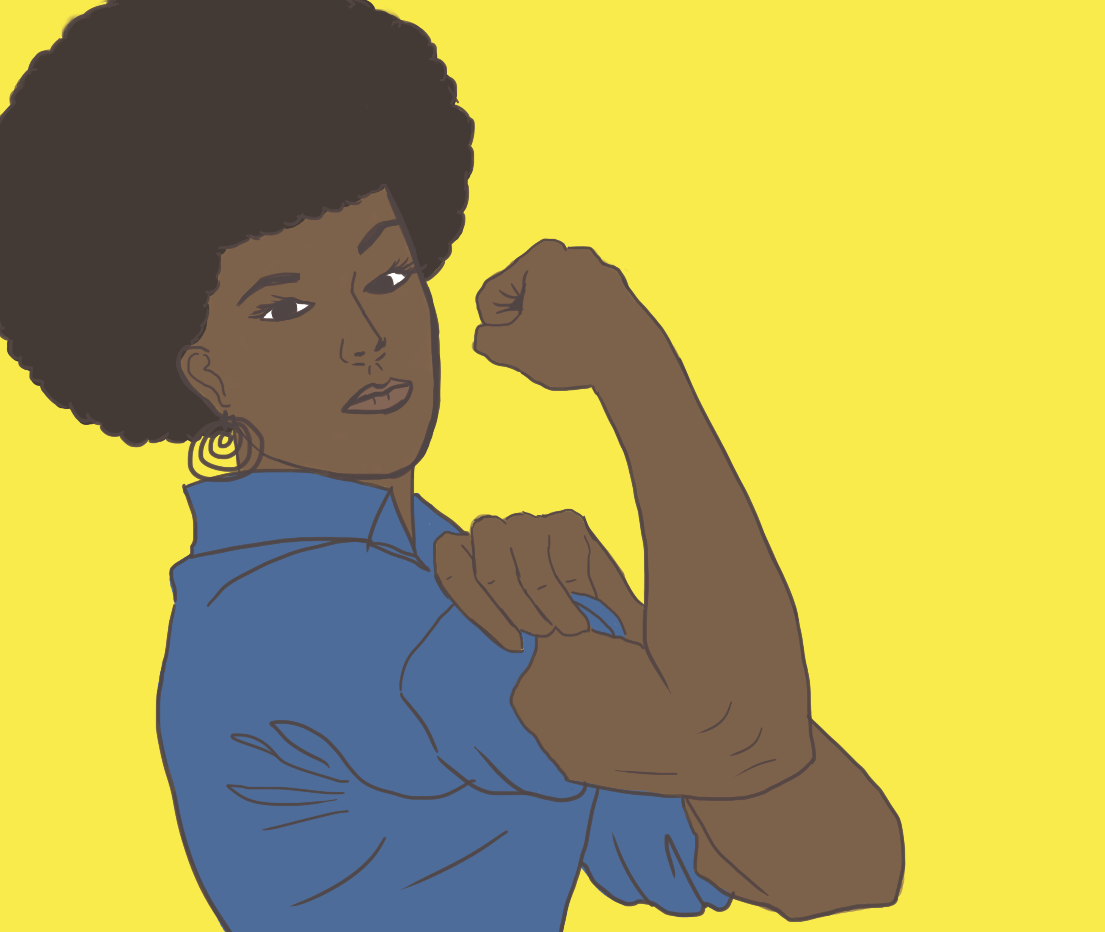Today’s feminist problem is that mainstream feminism often attempts to speak on behalf of the struggles of women of colour, while silencing them in the process.
A striking example was Patricia Arquette’s “feminist” Oscar speech in 2015, where she proclaimed that it’s time for “all the women in America,” “all the men who love women,” “all the gay people” and “all the people of colour that we’ve fought for to fight for us now.”
Even as we celebrated International Women’s Day a couple weeks ago, we celebrated achievements of women worldwide. The problem? Many women of colour are left out of the discussion because their voices, and their past and present struggles, are often silenced by mainstream feminism.
In society, the hierarchy of privilege tends to place men at the top, followed by men of colour. Subsequently come white women, and lastly, women of colour. If we celebrate strides for some women, we cannot celebrate this as a stride to equality if we do not recognize the struggles of women of colour, who are fighting to be equal with men, but are even still fighting to be equal to white women.
The gender parity cannot be solved by putting a woman on a board of directors, or on the prime minister’s cabinet — the multifaceted issues faced by women of colour are simply too great. In implementing gender quotas, racial bias is still prevalent, and we can’t solely focus on gender without racial diversity as well. If we advocate for more women in leadership positions, and fight for gender and pay equality, we must ensure that our feminism is intersectional. A white woman’s equality is not equality for all.
As a girl of Indian descent, for wearing a bindis, or having thick eyebrows, I would have been made fun of growing up.
Women run 4.6 percent of Fortune 500 Companies, and only a small percentage are women of colour. Having women in such roles is rare, but we need to recognize that these opportunities are lacking in number, and even more for women of colour, due to histories of colonialism, inequality, and marginalization.
Further, if we are going to promote body positivity, and the right for women to make choices with their body, we must also support the right of women to wear hijabs or niqabs, to wear their hair in box braids or dreadlocks, and for all to celebrate their cultural traditions freely.
As we fight back against unrealistic definitions of beauty for all women, we must also recognize that on top of this women of colour are subject to colourism — where their beauty, and even their worth, is decided by the closeness of their skin to the white standard.
Women of colour are subject to ridicule for things white women are praised for. For example, as a girl of Indian descent, for wearing henna or bindis, or having thick eyebrows, I would have been made fun of growing up. Now that it is adopted and encouraged in fashion magazines by famous white women, I no longer have to feel ashamed. This is ridiculous.
If we celebrate International Women’s Day, we need to ensure we are not just celebrating white ,middle class, cisgender women, but also the diverse women of colour with struggles that deserve our honour and respect. I hope to live in a world where having an Aboriginal female CEO or prime minister isn’t unheard of. In order for this to be a real possibility we must break this cycle of ‘one voice’ feminism and speak to the struggles of women of colour, and not on their behalf.


[…] Johal began writing for The Peak, producing articles such as “Why doesn’t mainstream feminism embrace women of colour?” Five years later, her thoughts regarding this question remain relatively […]